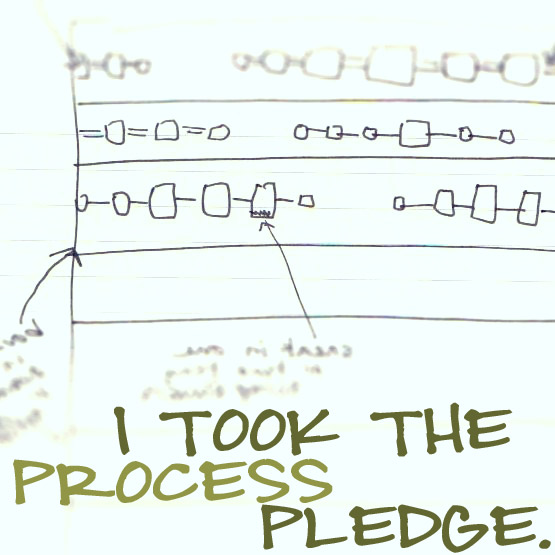Last week I finished my second finish for 2010 and the latest quilt in the "Flannel Series", so as promised in my last post, I wanted to give the details for both projects. First up is the finished quilt pictured in that post.
It's called "Flying For Cover". I learned about it when Keepsake Quilting sent me an email last October about projects using flannel. This was one of two quilts offered as a kits. I thought it was a gorgeous quilt, loved the fact that it was in flannel and probably most important, would fulfill two "Bucket List" desires. You know, the Bucket List -- the list of quilts you want to make before you "kick the bucket"!
While I plan to do another post about that later, I will say that the two quilts this satisfied for me was doing a strippy quilt and doing a quilt with (a lot of) Flying Geese. I wasn't able to purchase the actual kit for this though -- at the time I wanted it Keepsake had it on back order for quite awhile. I was able to find the sashing and border fabrics ("Two In The Bush" by Bonnie Sullivan for Maywood Studios) at EQuilter.com and the flannel tone-on-tones at Fabric.com and then bought the pattern at Keepsake (which was also sold separately from the kit but also can be purchased from the pattern designer's website). With everything gathered, I was able to put together my own "kit". Later, the backing fabric came from AAA Quilters Supply another favorite Internet vendor.
Most of the time when I make a quilt, I am also looking to try new techniques. In this case doing the Flying Geese allowed me to finally get a chance to use what I call "Eleanor Burn's Two Squares" method of making them. I saw her demonstrate this when she did the "Pioneer Sampler" and the "Underground Railroad Sampler" on her Quilt In A Day TV shows. If you've never seen her technique check out Mary's post on this blog or go to the Quilt In A Day channel on Quilters TV.com and watch any of the Pioneer Sampler episodes or any other episodes using what Eleanor calls the "Triangle Pieced Rectangle" method.
Although the finished units can be squared up with a regular ruler, I knew if I ever did a project with a lot of flying geese, using hers would be easier but I hated the fact that you needed a different ruler (sold separately) for each different size geese (actually each ruler makes two sizes). I resisted buying them until I was able to get her Mini Ruler set on sale. Unfortunately the mini set didn't make the size needed for this pattern so I wound up also buying the Jumbo set. Once I started making them, I was hooked (it's such an efficient method) and then wanted all the rulers which I wound up buying before I finished this project! Prior to this my favorite method was the "five squares" method demonstrated here but now this is my favorite.
Another technique I got to try was Sharon Schamber's hand basting technique. You can watch videos of it here and here. It was really easy to do although I disagree with her that it's any faster than pin basting. She says you can baste any size quilt using this method. However, you should take note that to do a large quilt like a queen or king size will require a couple of long tables to hold the whole top stretched out end to end. However for this lap size quilt, my cutting table accommodated it just fine.
The finished quilt was quilted in a clamshell pattern. I got that idea from the pattern designer Janet Locey of Henscratch Quilting. In the picture of the quilt on her website, that was what she used and I felt it was doable. While I have always quilted my own quilts, I am not always confident about doing it before I start. I started out with the plan to use templates printed on sticky-backed full sheet labels as instructed in the book "One Line At A Time" by Charlotte Warr Anderson, one of the many quilt stitch books I invested in last year. But after doing two rows across the quilt I felt confident enough to finish the rest of the quilt freehand. I can't say the clamshells were all even but in the end, the texture on the quilt looked real good.
















2 comments:
That is a lot of Flying Geese.
I pin baste when I am machine quilting and thread baste when I am hand piecing. Pins got in my way when moving hoops, and stitching solved that. Taking pins out as I machine quilt isn't the same problem.
I like the colors in your scrappy flying geese quilt.
I thread baste my quilts too. I make mostly queens so the pins just add too much weight to the quilt and just take longer to pull out. They also take longer to put in. I am all about speed because I always have another project to get to. Also, the pins scratch up the base of my sewing machine.
Post a Comment